A lot of homeowners only think they need air conditioning repair when their system breaks down. However, the truth is your air conditioner will often drop hints letting you know it’s in trouble before a total breakdown that results in new AC installation. Noticing early problems and calling the experts at Phelps Heating & Cooling, Inc. to handle issues early can save you from the hassle and expense of a full AC system failure. More importantly, it can prevent the hot and sweaty conditions created by having your AC stop working on a really hot day.
When you call us, our team of certified HVAC technicians will pinpoint what’s wrong, fix the problem and get your AC back on track. We have years of experience and provide top-tier, cost-effective AC service for local homeowners.
Why wait until your cooling system quits? Skip all that hassle by calling today to schedule AC repair in Hodgenville, KY, from Phelps Heating & Cooling, Inc..
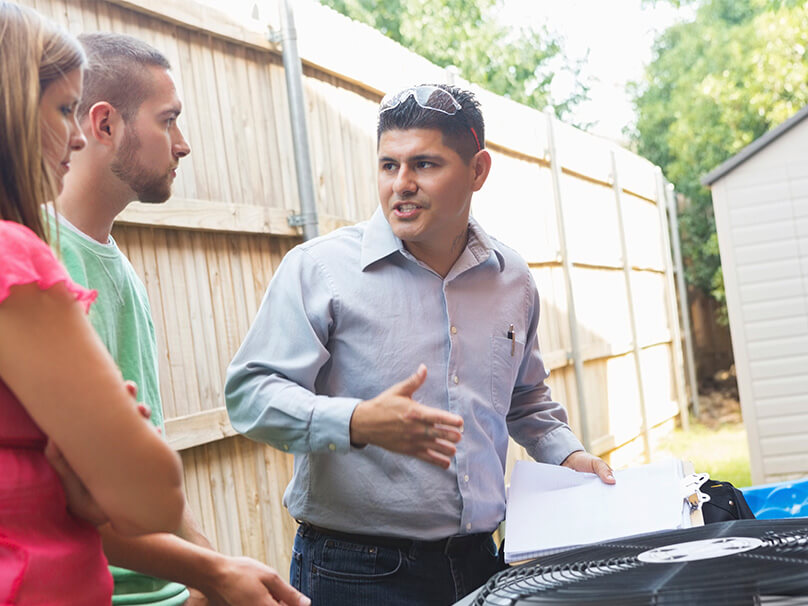
Warnings Signs You Need AC Repair
How can you tell if your air conditioner is having issues? From a stinky smell to a lack of cool air coming from the vents, there are many clues that your cooling system has a problem and needs attention or service.
Here are some red flags that trouble may be developing and it’s time to call an HVAC technician from Phelps Heating & Cooling, Inc.:
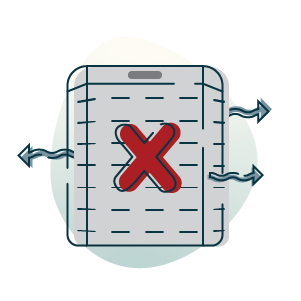
AC won’t blow cold air
If hot air is flowing out of your AC unit instead of cool air, or if the air isn’t as cold as you’d like, it’s a smart move to call us for professional cooling service.
AC frequently turns on and off
If your AC system turns on and off instead of running consistently, it could be a symptom of underlying trouble and should be evaluated by one of our certified HVAC technicians.
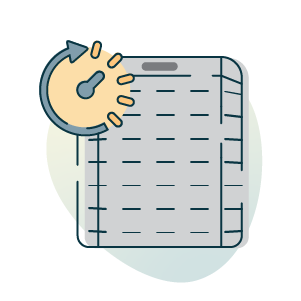
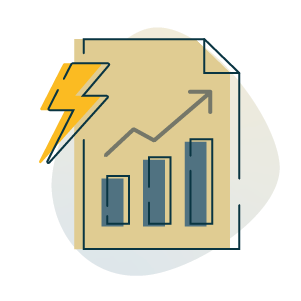
Home energy bills spike for seemingly no reason
A big jump in your energy expenses can be a signal your AC unit is not running efficiently, which means it uses more energy to maintain a comfortable indoor temperature and needs AC maintenance or repair.
Unusual smells are coming from your air conditioner
Air conditioners shouldn’t produce odors. A strange smell coming from your air conditioner should be inspected by an HVAC technician, as they can be a symptom of trouble like mold, mildew or even electrical issues.
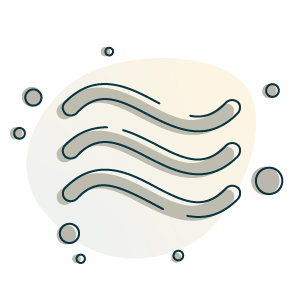
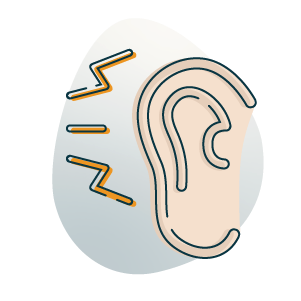
AC starts making noises
If you hear unusual noises when your air conditioning is running — clanking, rattling or squealing, to name just a few — it’s important to call for professional HVAC service to find out what’s wrong.
Request Professional Air Conditioner Repair Right Away
When you have to have air conditioning service quickly, get in touch with the HVAC repair professionals at Phelps Heating & Cooling, Inc.. We’ll promptly find the problem when your AC won’t run or give enough chilled air.



